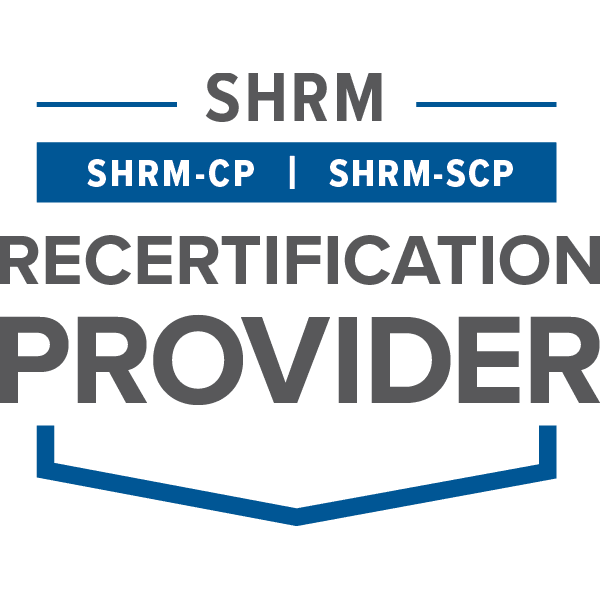
NEW YORK and WASHINGTON —The number of Fortune 500 companies with greater than 40 percent diversity has more than doubled from 69 to 145 since 2012, according to the “Missing Pieces Report: The 2018 Board Diversity Census of Women and Minorities on Fortune 500 Boards,” a multiyear study published by the Alliance for Board Diversity (ABD), in collaboration with Deloitte1. Fortune 500 board representation of women and minorities saw an all-time high at 34 percent (1,929 board seats), compared to 30.8 percent in 2016 (1,677 board seats). Total minority representation increased to 16.1 percent (912 board seats) from 12.8 percent in 2010, the first year Fortune 500 data was captured. Report findings point to the increase being driven by the Fortune 100 companies, which have 25 percent women and 38.6 percent women and minorities. The Fortune 500 companies lag behind with 22.5 percent women and 34 percent women and minorities. Though still a slow pace in relation to the rapidly shifting demographics in the U.S., the shift points towards greater diversity in America’s boardrooms.
Key findings for the Fortune 500 include:
- African American/Black women gained 32 seats in 2018, an increase of 26.2 percent from 2016. African American/Black men gained 26 seats in 2018, an increase of 8.5 percent from 2016.
- Hispanic/Latino men gained 21 seats in 2018, an increase of 14.3 percent from 2016. Hispanic/Latina women gained four seats in 2018, an increase of 9.8 percent from 2016.
- Asian/Pacific Islander men gained 25 seats in 2018, an increase of 20.3 percent from 2016. Asian/Pacific Islander women gained 17 seats, an increase of 38.6 percent from 2016.
- The study also showed that boards more frequently will pull from a pool of existing minority board members instead of bringing in new directors. African American/Black women and Hispanic/Latinas hold “recycle rates” – the rate at which individuals serve on more than one board – of 1.39 and 1.36, respectively. The recycle rate of many minority groups increased from 2016 to 2018. African American/Black men hold the highest recycle rate of any group, 1.41 – whereas Caucasian/White men who have a recycle rate of 1.19.
“The increase in boardroom diversity over the last two years is encouraging, but we must not overlook that Caucasian/White men still hold 66 percent of all Fortune 500 board seats and 91.1 percent of chairmanships on those boards. Not only is this unrepresentative of the country’s current population, but the more important issue is also that we know from research that having a diverse board leads to better business results. This is a bottom-line issue,” said Linda Akutagawa, chair for the Alliance for Board Diversity and president and CEO, LEAP (Leadership Education for Asian Pacifics). “We encourage corporate boards to continue to embrace the benefits of diverse board composition and further their efforts to match the changing demographics we are experiencing in this country today.”
The Fortune 100, in contrast, is leading growth in the boardroom, outpacing the Fortune 500 with 38.6 percent of women and minorities holding board seats, compared with 34 percent in the Fortune 500.
Other key findings for the Fortune 100 include:
- In 2018, 19.5 percent of board seats in the Fortune 100 were held by minorities, though that is still a larger percentage than in the Fortune 500 (16 percent).
- African American/Black women and Asian/Pacific Islander women achieved the largest increase in board seats: 44.8 percent (13 seats) and 30.8 percent (four seats), respectively. Caucasian/White men saw a decrease of 23 seats, a decrease of 3 percent. Regardless of race, the census found an overall decrease of the number of men on boards, at 1.2 percent (11 seats lost).
- The total number of companies with greater than 40 percent diversity increased from 33 companies in 2016 to 46 companies in 2018. With the benchmark ABD has set (40 percent women and/or minorities on boards by 2020), the Fortune 100 is leading in achieving that milestone.
“More and more companies are realizing the significant benefits of having a diverse and highly-skilled board. The 2018 Missing Pieces Report demonstrates that while progress has been achieved, there is still much more work to do,” said Deb DeHaas, vice chairman and national managing partner, Deloitte Center for Board Effectiveness. “Boards can optimize their diversity by taking intentional actions to expand the pool of women and minority candidates, including reaching out to a broader set of professional networks and considering candidates with a variety of skills, backgrounds, and experiences.”
To download the full report, “Missing Pieces Report: The 2018 Board Diversity Census of Women and Minorities on Fortune 500 Boards,” which includes additional data on board diversity in the Fortune 100, Fortune 500 and a list of companies with the broadest diversity on their boards, please visit https://www2.deloitte.com/us/en/pages/center-for-board-effectiveness/articles/missing-pieces-fortune-500-board-diversity-study-2018.html and https://theabd.org/.
Research Methodology:
The Alliance for Board Diversity (ABD) and Deloitte utilized a census methodology for the 2018 Board Diversity Census. The Board Diversity Census counts Fortune 500 board directors to provide a measurement of the representation and progress of women and minorities in business leadership, and to allow for comparable statistics based not on a discrete list of identical companies but on the Fortune-listed companies in the given years for which the census was conducted.
The Board Diversity Census analyses are based on companies on the Fortune 500 list published in 2018. ABD examined Fortune 500 companies because they are recognized and serve as the most influential businesses in the United States, ranked by revenue each year.
For the purposes of this study, extensive research was conducted to confirm the gender, race, and ethnicity of board directors. To ascertain each company’s total number of directors and board composition, Deloitte reviewed Securities and Exchange Commission annual filings submitted as of June 30, 2018, including the proxy statements and Form 10-K or Form 10-K/A. For insurance companies that do not submit annual filings to the SEC, Deloitte obtained information from the National Association of Insurance Companies (NAIC) regulatory database of annual statements submitted as of June 30, 2018. Fifteen certain data fields (e.g., board chair, lead director, committee chair) are not typically identifiable in filings from insurance companies. In addition, the annual shareholder meeting had to have occurred by June 30, 2018. If these two conditions were not met, Deloitte referred to the most recent filing that satisfied those parameters. For additional information on the research methodology, please reference the report’s appendix.


